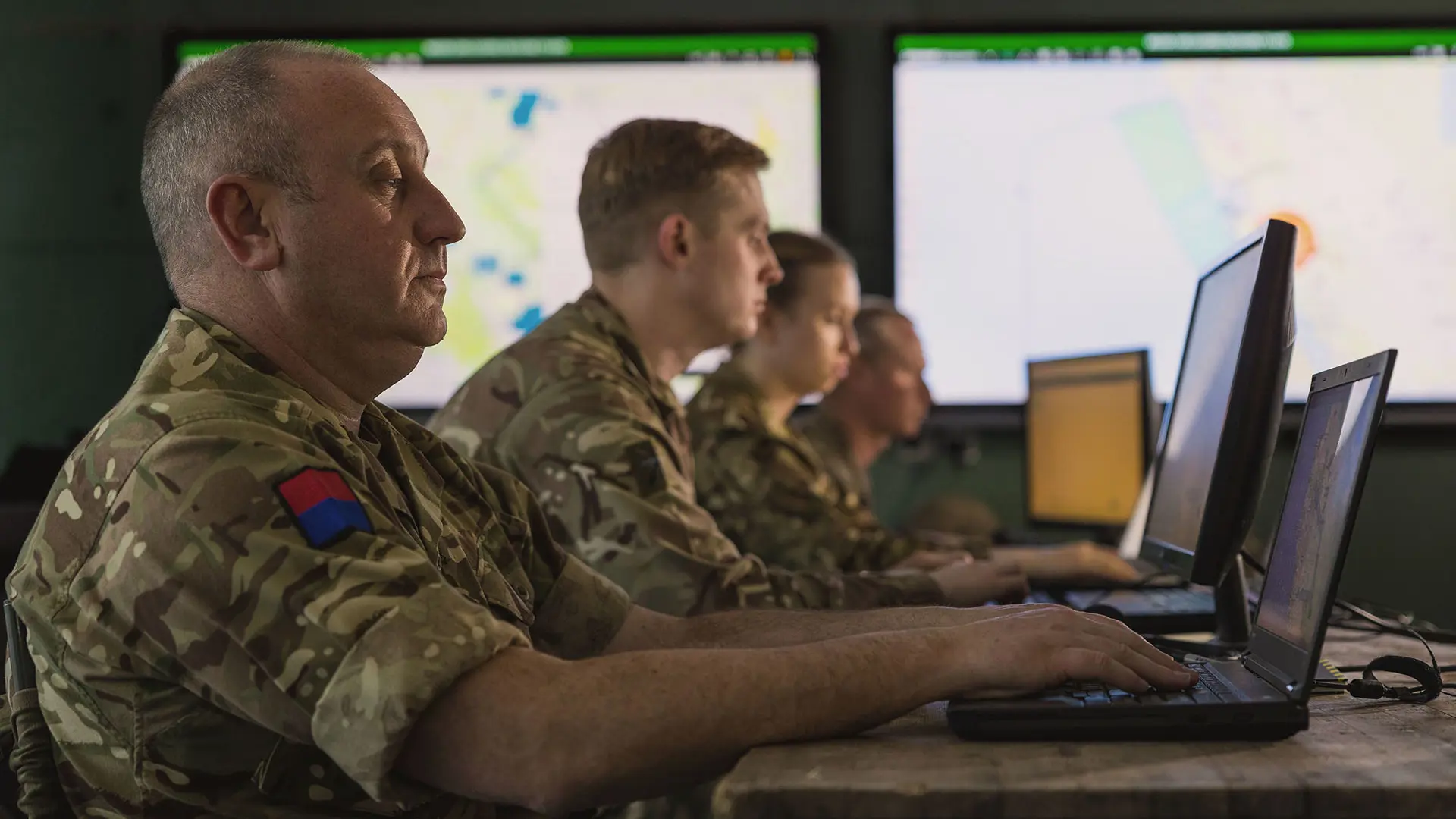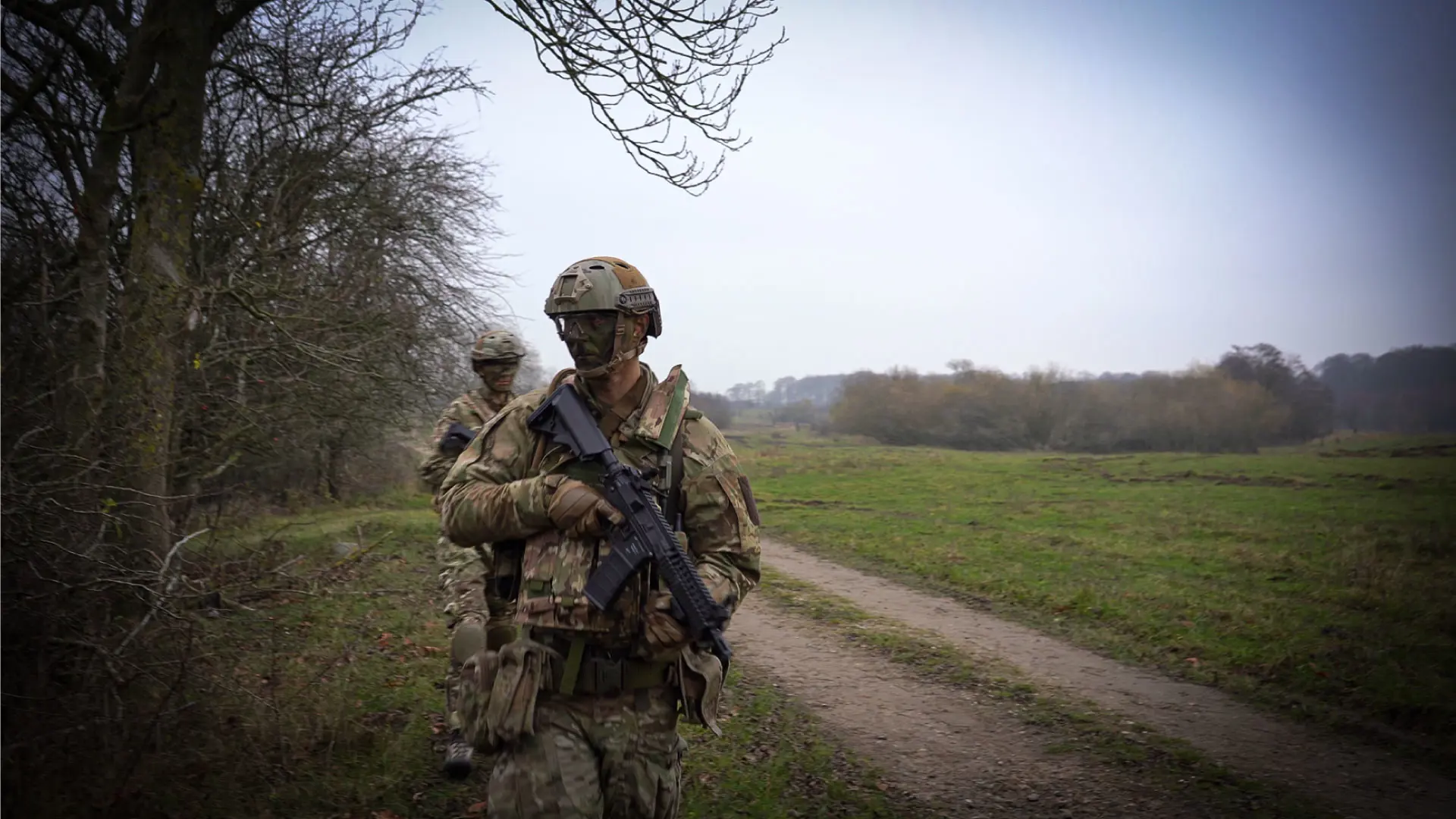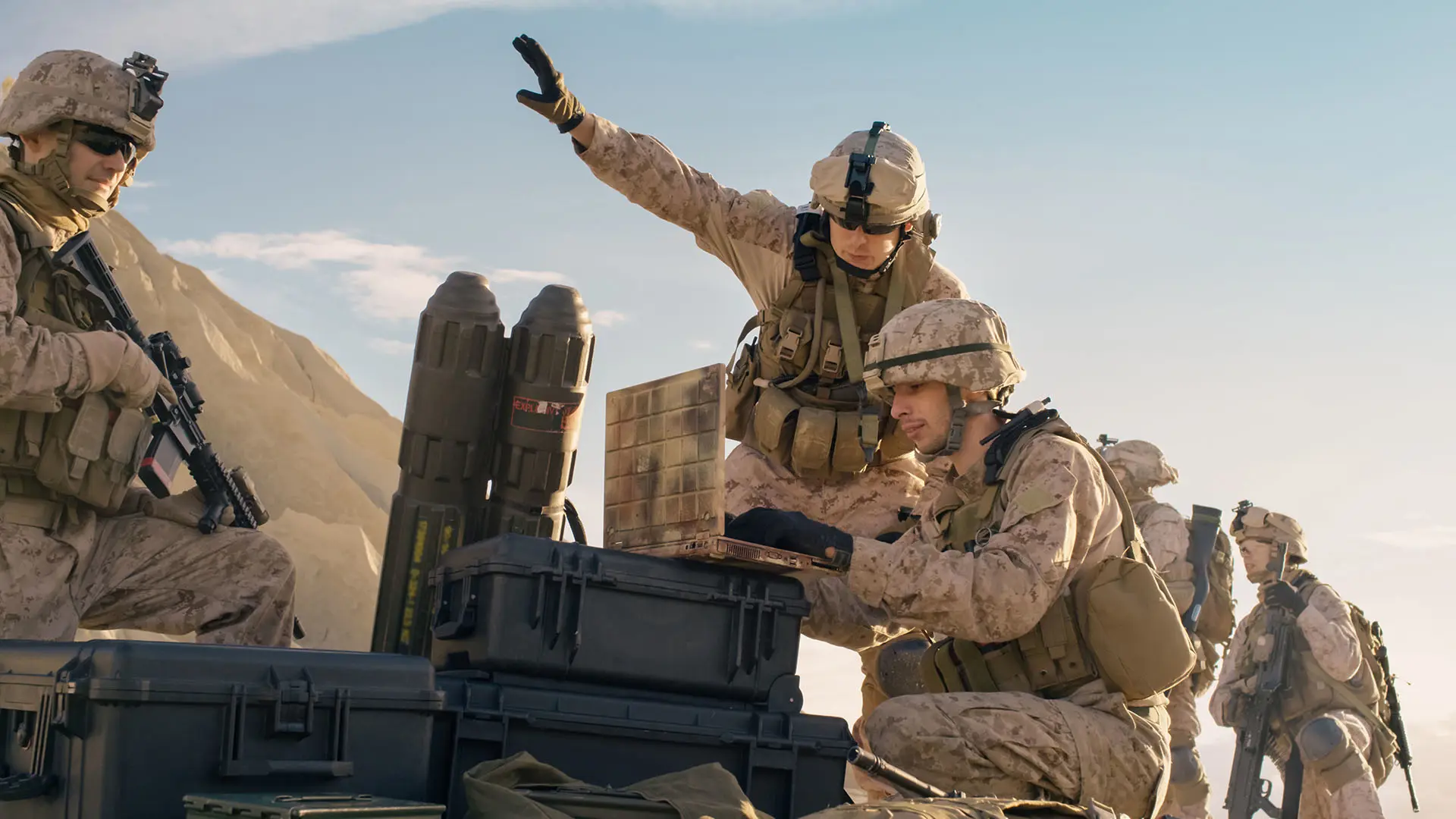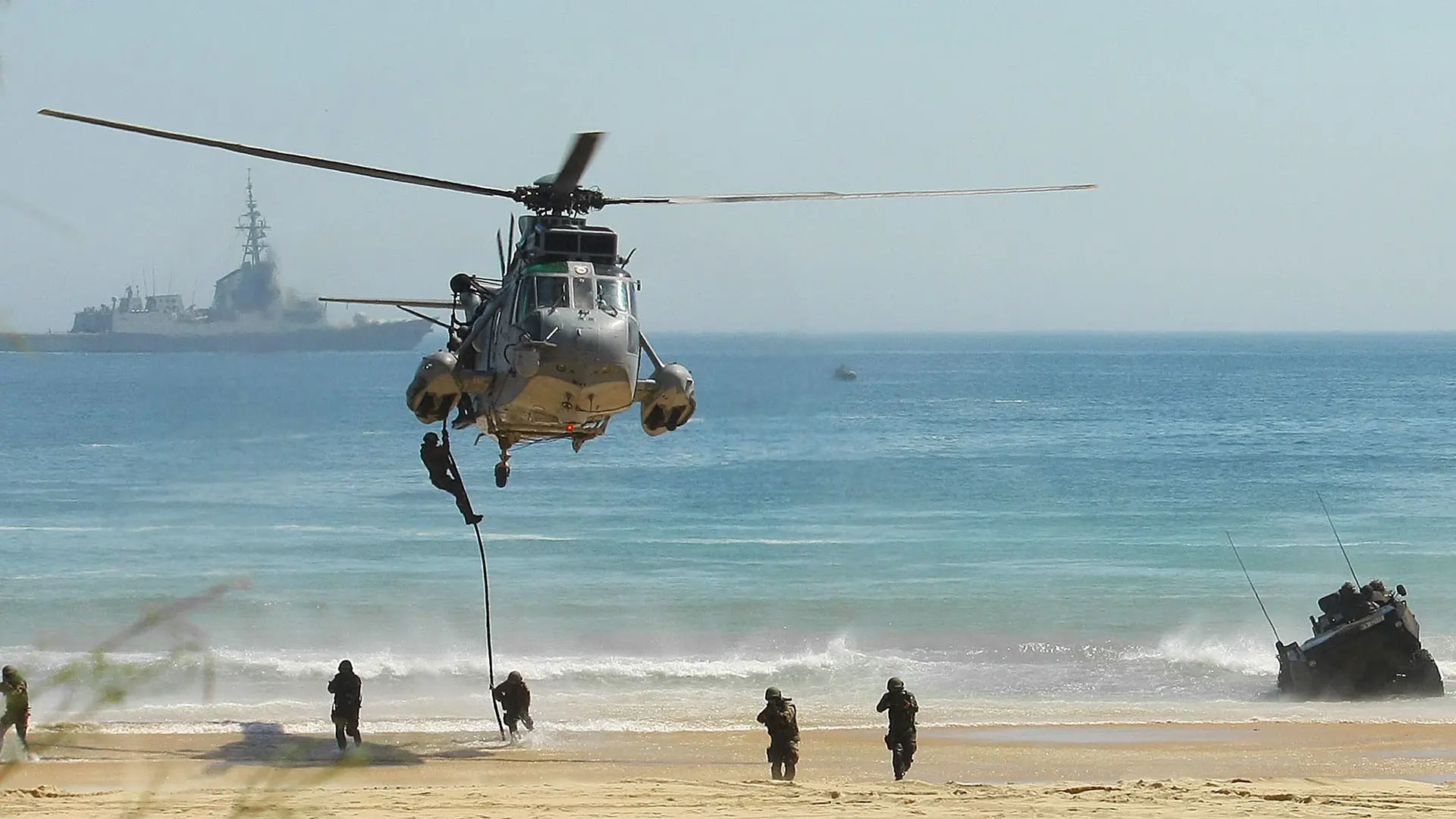Who owns training?
When it comes to learning a new platform, those who develop it are the best to teach it.
Since the end of the Cold War, the military services outsourcing market has been continuing to grow, as governments and militaries have sought to reduce headcount and operational costs, while also finding efficiencies with new technologies and equipment. For some platforms and systems, training is entirely outsourced to third-party defence training providers to enable the delivery of baseline skills and capabilities to allow basic military operations. This could range from tactical driving and marksmanship, through to basic equipment maintenance and repair tasks.
Equipment manufacturers work closely with military end-users to maximise the full potential of a platform, while also working alongside established tactics, techniques, and procedures (TTPs) and doctrine to ensure a uniform approach to combat operations.
However, with software becoming increasingly important to the modern warfighter, delivering the training to enable the full use of a software system is critical to mission success. So, who owns the responsibility for this training, and how does it differ from the approaches to training that traditional hardware training delivers?
Hardware vs software
Undertaking training on hardware comes down to building the muscle memory around the order of operations. When learning to drive a tank, knowing which lever or pedal to use for an outcome becomes instinctive with practice. Drilling artillery teams on the order or operation for firing a gun can help to improve response times under pressure, while having corresponding positive effects for survivability and mobility. Infantry units on patrol exercises can perform contact drills, honing their responses according to established training and doctrine on how to use equipment such as small arms, anti-tank weapons, and more.

Repetitive training helps create the muscle memory, while new technology – such as simulators and virtual reality – allows for more complex and cost-effective scenarios to be practiced and missions rehearsed. As a result, training for these can fall to a variety of providers, who can provide varying levels of training fidelity as required by the end-user.
Software systems, however, continue to require more advanced and nuanced approaches to training and delivery. While third-party providers may be able to provide some broad, basic role-specific training, such as radar operations, unleashing the full power of a software suite requires the participation of those who know it best: the developers themselves.
“Working in the development of the software, the creation of the training materials, and collaborating closely with our services teams means we get a very good feeling for what our users need to get the best results from their SitaWare experience. We are also able to ensure they know what they need to know to deliver their mission with confidence,” Gauri Heise, Systematic Director for Defence Service Products said.
“By creating a certification framework for our users through our SitaWare Aspire product, we are able to ensure they know and understand their skillsets, where they need to develop, and when they need to undertake refresher training,” she added.
Showing the how, the why, and the power
Delivering training and support to users at all levels can be a time-consuming process, as classes have to be arranged and supported. However, delivering training through Systematic’s SitaWare Aspire allows for users at all levels to receive a baseline usability of the suite of software – ranging from developing and sharing plans and orders, through to the creation of map layers and object reporting. As a result, users can be confident in their ability to grasp new concepts rapidly, and put them to the test quickly.
For users going to more advanced levels, or working with SitaWare’s add-on modules, specific training can be undertaken to deliver the specialist capability requirements through either classroom-based learning, or with SitaWare Aspire.
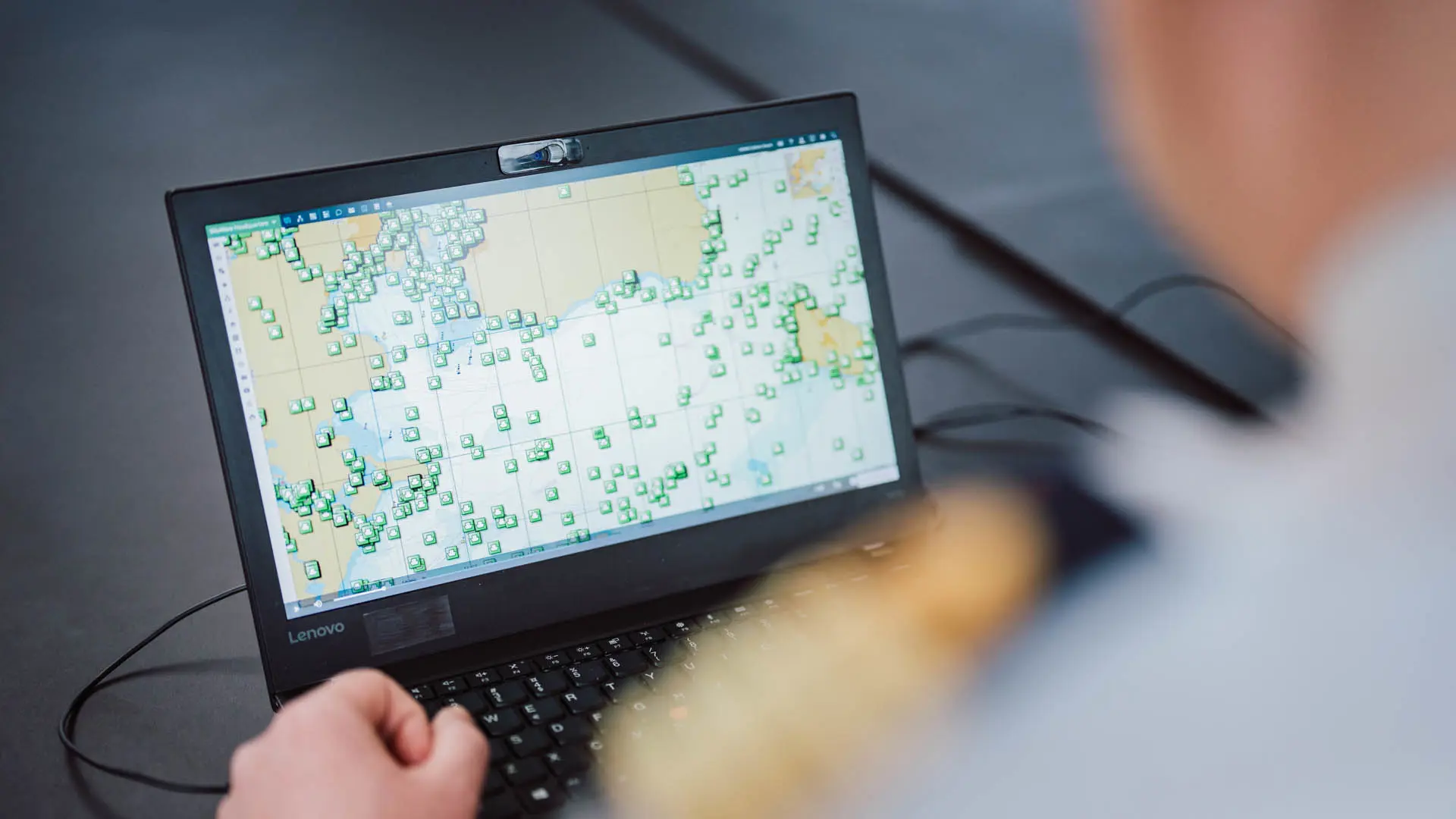
Working with a sandboxed environment, SitaWare Aspire allows users to try out their skills as they learn, putting exercises and hypotheses to the test about how to implement the lessons that they have learned. Keeping the student out of the live mission environment means that they can also quickly try and test system functions while they are deployed, without disturbing live operations.
Open-source vs off-the-shelf solutions
Within the defence domain, maintaining security over TTPs is critical to preserving a doctrinal advantage over an opponent. For open-source software providers, disaggregated communities can be created to link users together, with the intention of sharing methods, challenges, and operational processes. However the risk of inadvertently revealing TTPs – or having them leaked through cyber incidents – to an opponent can undermine the overall benefit of a collaborative community.
Such user communities are beneficial to open-source software systems that push the responsibility for deployment and training out to the userbase via third-party consultants and integrators. As an off-the-shelf solution, the SitaWare suite benefits from a committed, planned, and formalised product development roadmap that is commercially supported. Training and development is correspondingly delivered from a central organisation, and frequently updated.
“We regularly take user feedback on our software and use it to make updates to the user experience, features, capabilities, and more. The same can be said for our training processes – be it through SitaWare Aspire, or classroom teaching. We listen to our users and work with them to find out what their challenges are in using SitaWare, and then ensure that SitaWare Aspire helps them to work through the solution,” Heise says.
“This isn’t to say that we are unable to support different doctrinal approaches to military operations. However, we have been able to help ensure that military forces can maximise their efficiency through the digitalisation of their command-and-control systems,” she added.


